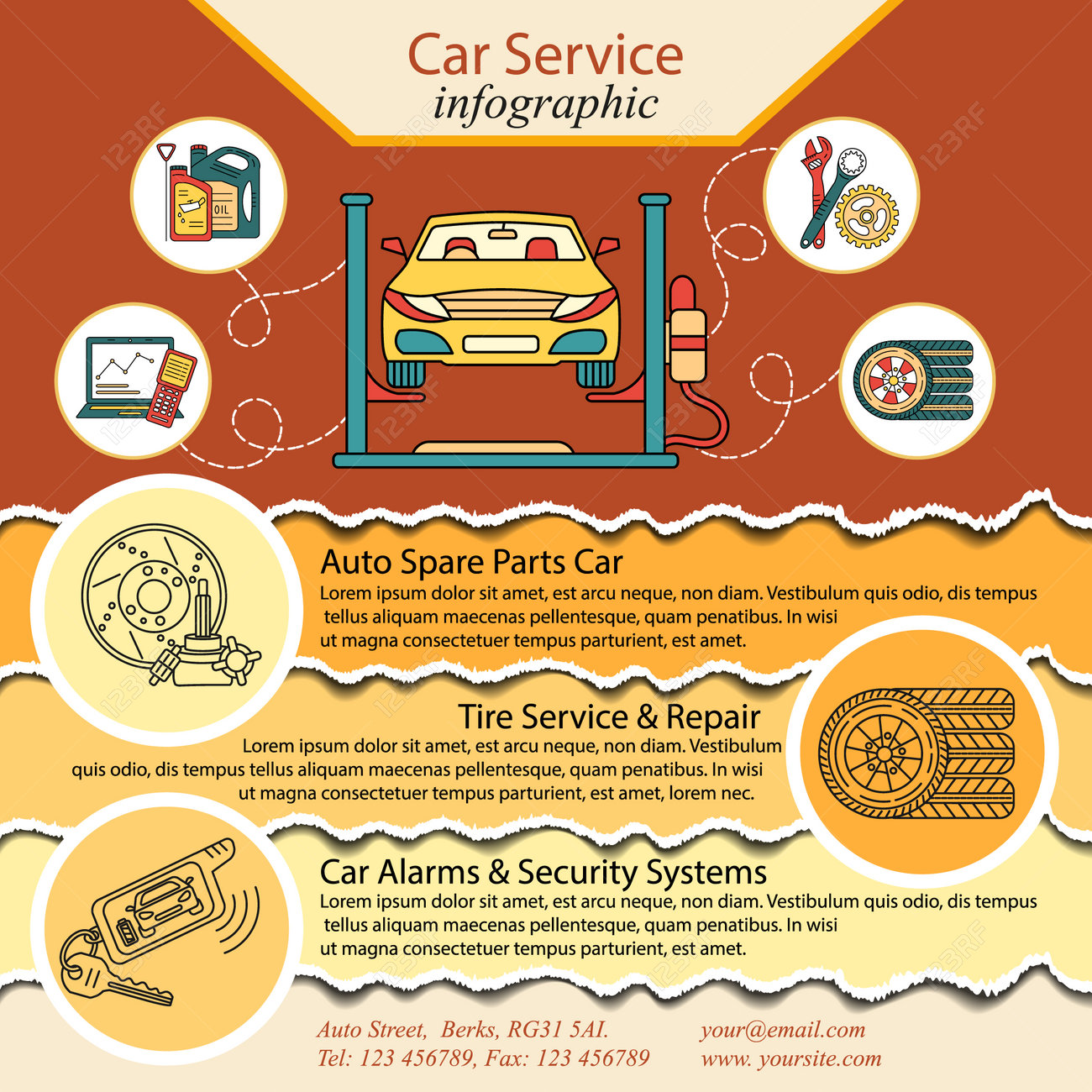Exploring The Genuine Interpretation Of Your Auto'S Caution Lighting
Exploring The Genuine Interpretation Of Your Auto'S Caution Lighting
Blog Article
Authored By-Wilkinson Gross
When you lag the wheel, those glowing caution lights on your control panel can be a bit difficult. Do you recognize what they're trying to tell you about your automobile's health? Comprehending boat mechanic near me of these lights is crucial for your safety and the durability of your car. So, the next time among those lights turns up, would not you wish to decipher its message precisely and take the needed steps to resolve it?
Common Caution Lighting and Interpretations
Determine common caution lights in your auto and understand their definitions to make sure safe driving.
The most normal caution lights consist of the check engine light, which indicates concerns with the engine or exhausts system. If this light begins, it's critical to have your automobile checked promptly.
The oil pressure advising light suggests reduced oil pressure, calling for instant interest to avoid engine damage.
https://www.kxan.com/automotive/spend-less-at-the-pump-with-these-fuel-saving-tips/ blinking battery light might suggest a damaged billing system, potentially leaving you stranded otherwise resolved.
The tire stress monitoring system (TPMS) light informs you to reduced tire pressure, influencing automobile stability and fuel efficiency. Overlooking this can bring about risky driving problems.
The abdominal light shows an issue with the anti-lock braking system, endangering your ability to stop promptly in emergency situations.
Last but not least, the coolant temperature level alerting light warns of engine getting too hot, which can result in severe damages if not settled promptly.
Comprehending these common warning lights will certainly assist you attend to problems without delay and preserve safe driving conditions.
Value of Prompt Focus
Comprehending the typical warning lights in your vehicle is just the initial step; the value of promptly attending to these cautions can't be stressed enough to guarantee your safety and security when traveling.
When a warning light brightens on your dashboard, it's your automobile's means of interacting a potential problem that needs interest. Overlooking these warnings can bring about much more serious issues in the future, endangering your safety and potentially costing you a lot more out of commission.
Trigger attention to warning lights can avoid malfunctions and crashes. For instance, a blinking check engine light might suggest a misfire that, if left neglected, could trigger damage to the catalytic converter. Resolving this promptly can conserve you from an expensive repair work.
In a similar way, a brake system alerting light may indicate reduced brake fluid or worn brake pads, crucial components for your safety when driving.
Do It Yourself Troubleshooting Tips
If you see a warning light on your dashboard, there are a few do it yourself troubleshooting pointers you can attempt before looking for specialist assistance.
The primary step is to consult your cars and truck's guidebook to recognize what the details caution light indicates. Sometimes the concern can be as simple as a loose gas cap triggering the check engine light. Tightening the gas cap may deal with the trouble.
One more common concern is a low battery, which can cause various cautioning lights. Inspecting the battery connections for deterioration and guaranteeing they're secure might repair the problem.
If a warning light lingers, you can try resetting it by detaching the auto's battery for a few mins and after that reconnecting it. Additionally, examining your vehicle's fluid levels, such as oil, coolant, and brake liquid, can help fix alerting lights connected to these systems.
Final thought
To conclude, understanding your auto's caution lights is important for maintaining your car running smoothly and securely. By quickly dealing with these notifies and understanding what they mean, you can avoid expensive fixings and possible failures.
Keep in mind to consult your auto's handbook for certain information on each alerting light and act as necessary to make sure a trouble-free driving experience.
Remain educated, remain risk-free on the road!
